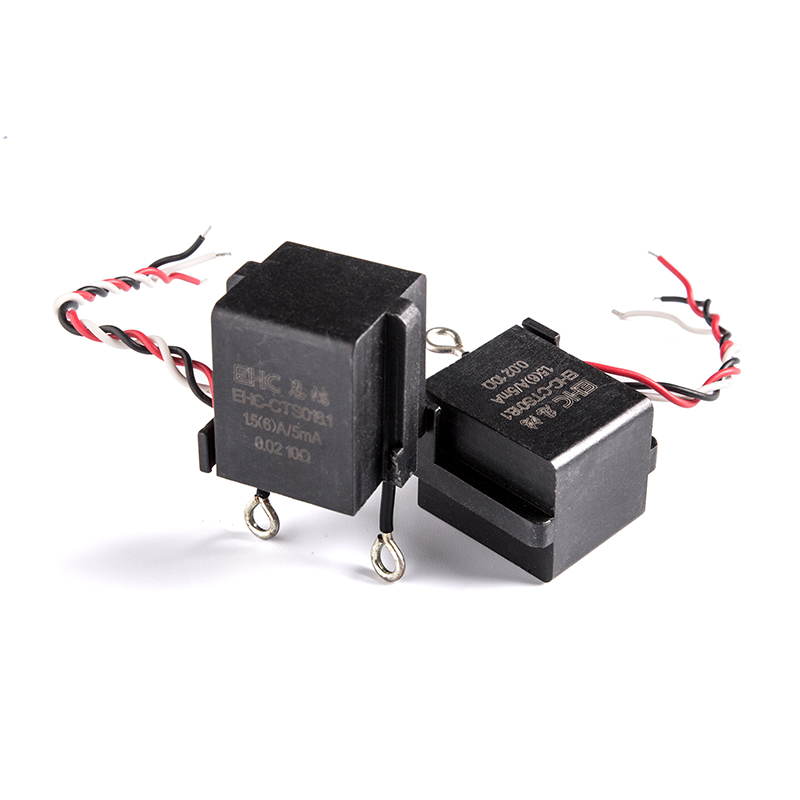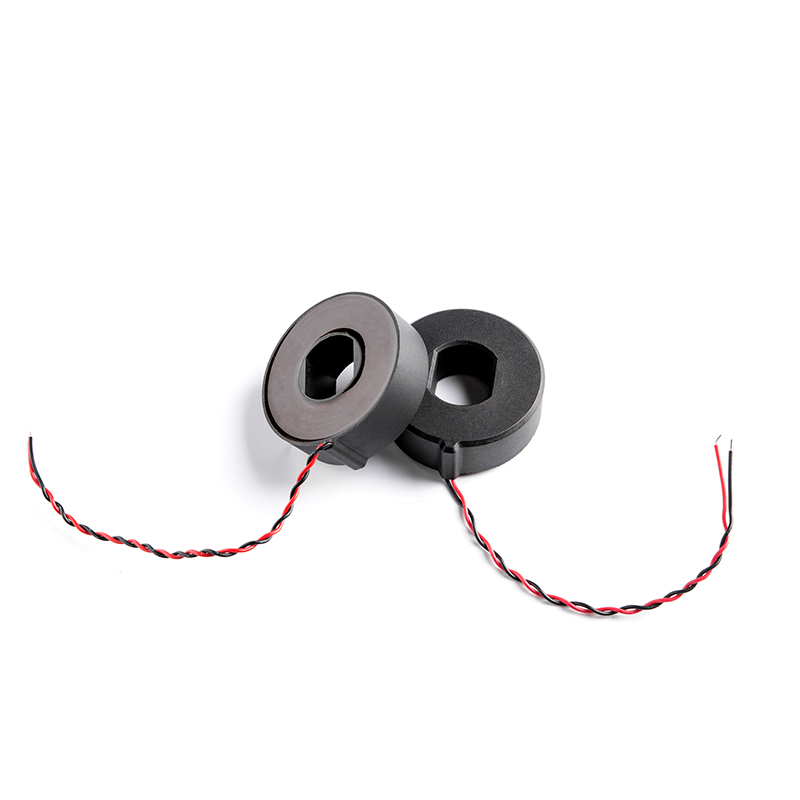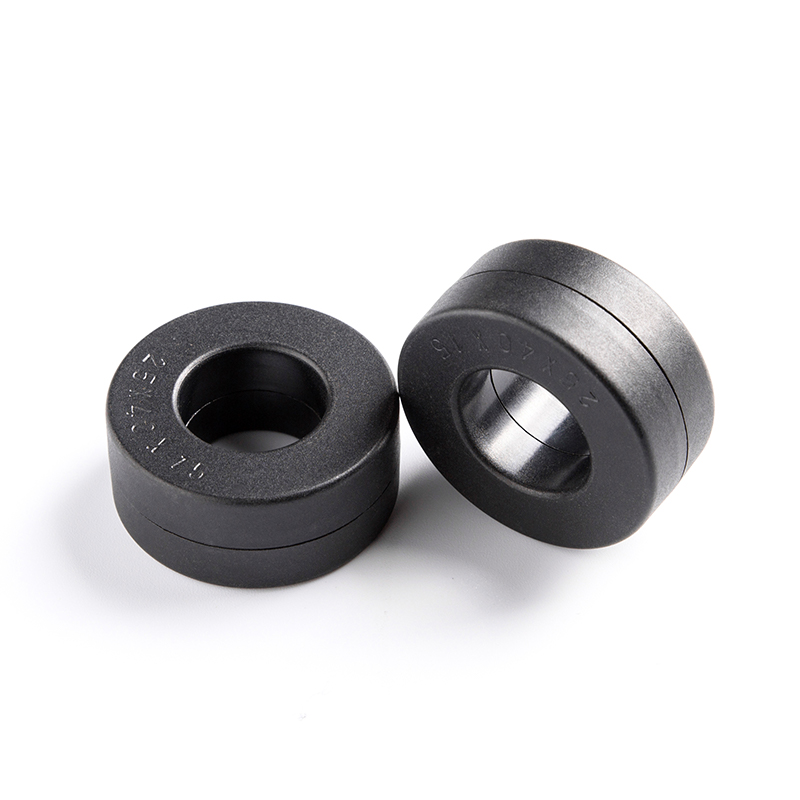Magnetic hysteresis is a phenomenon observed in ferromagnetic materials, including those used in amorphous nanocrystalline cores, where the magnetization of the material lags behind changes in the applied magnetic field. In the context of amorphous nanocrystalline cores, understanding magnetic hysteresis is crucial for optimizing efficiency in magnetic devices such as transformers and inductors. Here's how magnetic hysteresis relates to amorphous nanocrystalline cores and its impact on efficiency:
Explanation of Magnetic Hysteresis: When an external magnetic field is applied to a ferromagnetic material, the magnetic domains within the material align with the field, resulting in magnetization. As the external field varies, the magnetization of the material also changes. However, due to the hysteresis loop characteristic of ferromagnetic materials, the relationship between applied field and magnetization is not linear. Instead, there is a lag or "hysteresis" effect, meaning that the magnetization does not instantaneously align with the applied field but follows a specific path dictated by the material's properties.
Impact on Efficiency: The hysteresis loop represents energy losses within the material, known as hysteresis losses. These losses occur as a result of the energy dissipated during the repeated magnetization and demagnetization cycles. In magnetic devices such as transformers and inductors, minimizing hysteresis losses is crucial for achieving high efficiency, as these losses contribute to heat generation and reduce overall energy efficiency.
Advantages of Amorphous Nanocrystalline Cores: Amorphous nanocrystalline cores offer several advantages in terms of minimizing hysteresis losses compared to traditional magnetic materials. The non-crystalline or disordered atomic structure of amorphous materials reduces the presence of magnetic domains, resulting in lower coercivity and hysteresis losses. Additionally, the nanocrystalline structure provides a pathway for domain wall movement, allowing for easier magnetization reversal and reduced hysteresis effects.
Efficiency Optimization: By selecting amorphous nanocrystalline cores with specific compositions and processing techniques, engineers can tailor the material properties to minimize hysteresis losses while maintaining other desired characteristics such as high saturation flux density and low core losses. This optimization process involves careful consideration of factors such as alloy composition, annealing conditions, and core geometry to achieve the desired balance between magnetic performance and efficiency.
Impact on Overall System Efficiency: Minimizing hysteresis losses in amorphous nanocrystalline cores contributes to overall system efficiency improvements in magnetic devices. Lower core losses mean less energy is wasted as heat within the core material, resulting in higher efficiency and reduced operating temperatures. This is particularly important in applications where energy efficiency is critical, such as power distribution systems, renewable energy converters, and electric vehicle powertrains.
The concept of magnetic hysteresis in relation to amorphous nanocrystalline cores and its impact on efficiency?
Recommended Products
-
 View More >>
View More >>
Non-Toroidal C-Type Cut Amorphous Nanocrystalline Cores
Industry: Amorphous Nanocrystalline Core
-
 View More >>
View More >>
EHC-VCT Series for Power supply
Industry: Current Transformer
-
 View More >>
View More >>
Transformers Cores Amorphous Nanocrystalline Cores
Industry: Amorphous Nanocrystalline Core
-
 View More >>
View More >>
Amorphous Nanocrystalline Inductor Cores
Industry: Amorphous Nanocrystalline Core
-
 View More >>
View More >>
CTS Series Terminal High Precision Amorphous Nanocrystalline Current Transformers
Industry: Current Transformer
-
 View More >>
View More >>
Rectangular hysteresis loop Cores
Industry: Amorphous Nanocrystalline Core
-
 View More >>
View More >>
High Linear Current Transformers
Industry: Current Transformer
-
 View More >>
View More >>
Common Mode Choke Amorphous Nanocrystalline Inductors
Industry: Amorphous Nanocrystalline Inductors

 English
English 中文简体
中文简体 Deutsch
Deutsch 日本語
日本語

